
|
| Accept Cookies | Customize | Refuse Cookies |
Innerlight www.juzaphoto.com/p/Innerlight  |
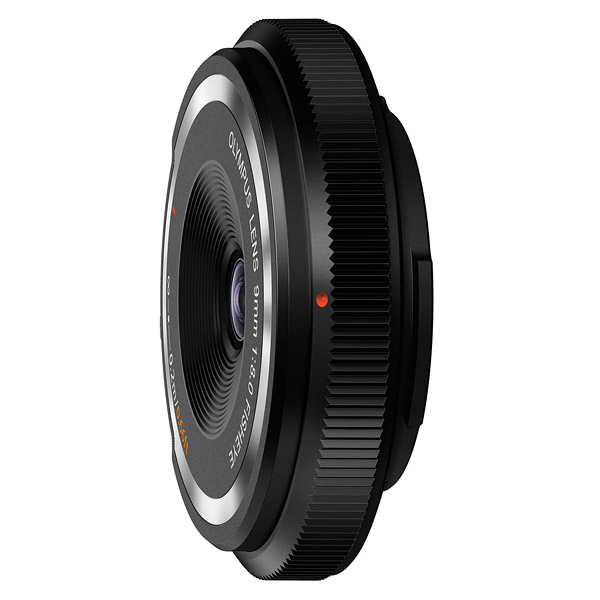 | Olympus 9mm f/8 Fish-Eye Body Cap Pros: Ridiculously low price. Hyper-compact and lightweight: it weighs only 30g. Good sharpness in the center. Creative fisheye effect (140°). Simple design with manual focus lever. Cons: It is a stopper, not a goal. Fixed aperture f/8. Manual focus. Soft edges. Chromatic aberrations visible in high-contrast scenes. Not suitable for professional photography. Opinion: The Olympus 9mm f/8 Fisheye Body Cap Lens is a cap, not really a lens. It is ultra-compact and lightweight (30g) designed for Micro Four Thirds cameras, with an affordable price (about €85-90). It offers a 140-degree angle of view, ideal for creative fisheye effects, but is limited by a fixed f/8 aperture and manual focus. It's more of a fun and portable accessory than a high-performance lens, perfect for amateur photographers who want to experiment with exaggerated perspectives without breaking the bank. Get it if: You would like to get a fish eye, but you don't know if you will use it or think you will be bored. It's an affordable and fun option for those who want to explore fisheye photography without professional expectations. Its portability and price make it an attractive addition for amateur photographers, but the technical limitations relegate it to creative and occasional use. sent on July 05, 2025 |
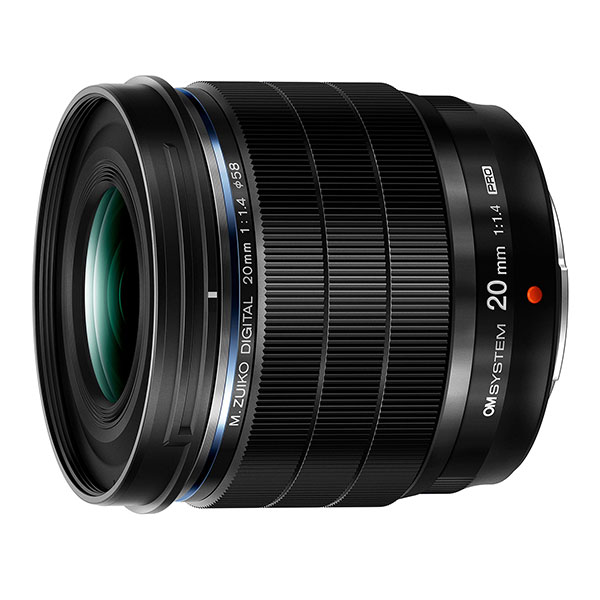 | OM System M.Zuiko Digital ED 20mm f/1.4 PRO Pros: Impeccable build quality, Excellent sharpness already at TA in the center, Color rendering and microcontrast characterized by vivid colors, Ideal compromise between aperture and compactness, Soft and creamy aspherical bokeh, Fast, quiet and precise AF, Distortion and aberrations practically absent. Cons: Not cheap price for an f/1.4 in MFT format, Absence of the MF clutch, Vignetting visible at f/1.4 in raw, Sharpness at the edges slightly below the top of the PRO range, "cinematic" rendering, which you may like or not. Opinion: The 20mm f/1.4 PRO is a lens that comes from a clear vision: to offer PRO series quality in a slimmer and lighter body, designed for those who photograph in the field, on the move, and do not want to carry around gigantic glass. The tropicalized and compact metal barrel weighs only 247g, but never gives the impression of being a toy. It's super balanced on bodies like the OM-5/E-M5 III or E-M1 III, and it's the classic lens that you can always leave on without getting tired. From an optical point of view, the central sharpness is surprising already at f/1.4, but what is striking is the overall rendering of the image: three-dimensionality, color fastness, and a bokeh that, despite being on MFT, has an almost analog delicacy. The 20mm focal length, which corresponds to a 40mm equivalent, is a middle ground that may seem strange, but which becomes a very expressive tool if you accept its language: perfect for those who want to tell urban scenes with a minimum distance from the subject, without obvious distortions, or for those who love the intimacy of set portraits. If we compare it to the 17mm f/1.2 or the 25mm f/1.2 PRO, the 20mm f/1.4 is much more portable, less demanding in price, and maintains a PRO quality throughout. However, the clutch for manual focus is missing, one of the most loved Olympus goodies by those who do video or contemplative photography. In terms of optical defects, we are in reassuring territory: very little distortion, chromatic aberrations under control, vignetting present but corrected via software. The edges aren't razor-sharp at f/1.4, but they improve quickly when you just close the aperture. sent on July 03, 2025 |
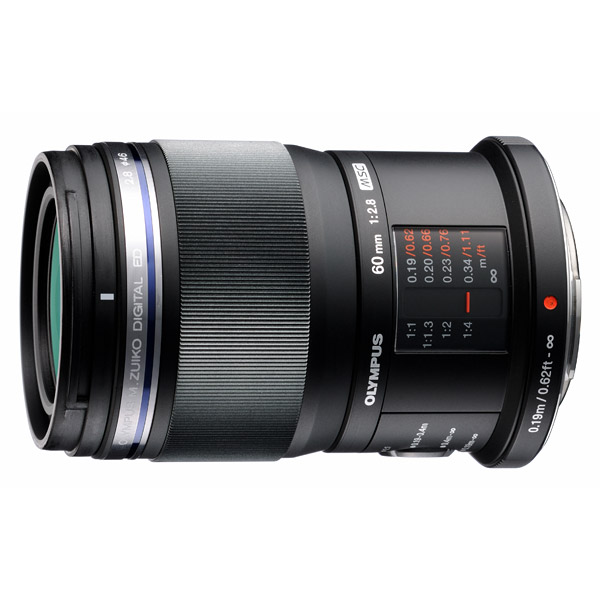 | Olympus M.Zuiko Digital ED 60mm f/2.8 Macro Pros: Excellent image quality, optimal rendering at f/5.6. 1:1 magnification (2:1 considering the crop), Compactness and lightness, Robust construction, Fast and silent autofocus, Versatility: in addition to macro photography, it is effective for portraits thanks to the equivalent focal length of 120 mm, Pleasant bokeh, focus limiter. Cons: Chromatic aberrations at maximum magnification, edge sharpness only at f/2.8, Lens hood not included, By-wire manual focus, poor working distance at 1:1 Opinion: The Olympus M.Zuiko Digital ED 60mm f/2.8 Macro is a versatile, high-quality lens designed for the Micro Four Thirds system, which excels in macro photography but also proves itself for portraits and landscapes. This lens combines a compact design (185g, 82mm length) with a robust construction that is resistant to dust and splashes, making it ideal for use in harsh outdoor conditions. The metal bayonet and ZERO Coating provide durability and protection from flare and ghosting. With a focal length equivalent to 120 mm and a maximum magnification of 1:1, it allows you to capture microscopic detail with impressive sharpness, particularly in the center of the frame at f/5.6. The autofocus system is fast and quiet, a plus for both stills and video, and it works surprisingly well even at extreme magnifications. The presence of a focus limit selector and a distance/magnification indicator on the barrel adds convenience, especially for macro photographers who need precision. However, it is not without its flaws. At full aperture (f/2.8), the edges of the image are slightly less sharp, and at maximum magnification chromatic aberrations can be seen, although correctable in post-production. The absence of optical stabilization can be a limitation for those who use camera bodies without built-in stabilization, and by-wire manual focus may not appeal to those who prefer mechanical feedback. In addition, the optional lens hood represents an additional cost. In conclusion, the Olympus M.Zuiko 60mm f/2.8 Macro is an excellent lens looking for a lightweight, robust and versatile option for macro photography and beyond. Its image quality, portability, and competitive price make it a value choice, despite some limitations such as chromatic aberrations at 1:1 at f/2.8 (but who really uses a macro at f/2.8?). sent on July 03, 2025 |
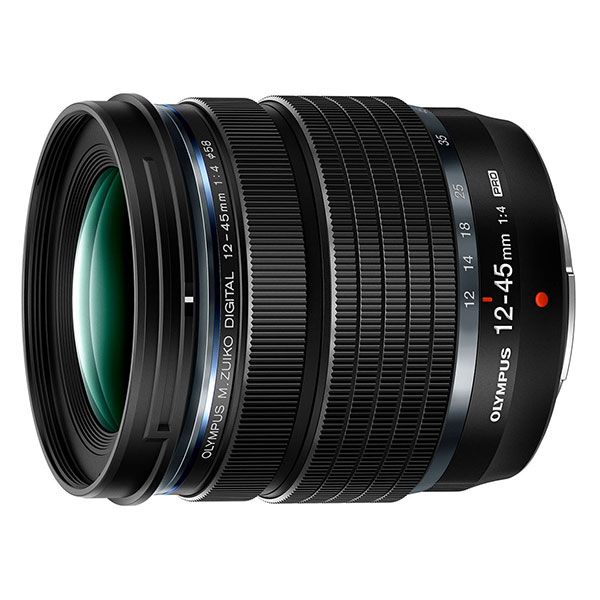 | Olympus M.Zuiko Digital ED 12-45mm f/4 Pro Pros: Exceptional sharpness over the entire focal range already at f/4, extremely compact and light, PRO construction, Very fast and silent focusing, also excellent for video, Zero focus breathing, excellent almost macro performance 0.5× minimum focusing distance at 4cm from the lens at 12mm, chromatic aberrations and distortion well controlled (especially with software corrections), Optical quality more uniform than 12–40 f/2.8, robust lens hood with no internal tuners. Better colors than the 12-40 f2.8. It is an "original mirrorless" lens as a philosophy. Cons: Aperture limited to f/4 less suitable for portrait, low light, or extreme bokeh, slight drop in sharpness at the edges to 12mm if not corrected via software, no MF clutch or customizable L-Fn function, doesn't really update the PRO range Opinion: The Olympus 12–45mm f/4 PRO is a unique lens in the Micro 4/3 catalog: not only is it the only zoom in the PRO series with a constant f/4 aperture, but it is also the most compact professional zoom ever made for the system. At 254 grams and 63 mm long, it offers a truly rare combination of portability, professional construction and ultra-high optical quality. Despite its low weight, the 12–45 f/4 maintains the level of construction of the PRO series: all-metal body, tropicalized against dust, splash and frost, smooth and well-damped dials. The focus ring is electronic, and unlike the 12–40 f/2.8 PRO it does not have the clutch for direct manual override, nor the L-Fn button on the barrel. It is a choice that highlights how this lens is designed to be discreet and efficient, rather than to satisfy the "classic" reflex ergonomics. In the hand it is perfectly balanced on any Olympus or OM System body, but it combines in a particularly synergistic way with more compact cameras such as the OM-3, OM-5, E-M5 Mark III or Pen-F, making them perfect travel kits. The most surprising fact of the 12–45mm is the overall optical performance: the lens offers high sharpness already at full aperture (f/4) throughout the focal range, with performance that often exceeds that of the brighter 12–40mm f/2.8 PRO, especially with regard to the homogeneity between the center and the edges. The behavior at 12mm shows a very slight drop at the extremes in the absence of software correction, but already at 14–16mm the quality becomes practically uniform. The center is always excellent, and the peak sharpness is already reached at f/4, without the need to close the aperture. This makes the lens extremely usable even in low light conditions, as long as you compensate for the lower brightness with ISO or stabilization. The correction of chromatic aberrations is very good, even without software intervention. Geometric distortion is mainly present at 12mm, but is automatically corrected in JPEGs and RAW via embedded profiles. The vignetting is slight and is already reduced to f/5.6. The "focus breathing" effect is practically absent, which makes it ideal for videographers as well. One of the most underrated yet powerful aspects of this lens is how it renders at close range. With a minimum focusing distance of 12 cm at the shortest focal length (and about 23 cm at 45mm), the equivalent magnification ratio reaches 0.5×, a true semi-macro performance. The images are engraved, detailed, with very little distortion and no loss of sharpness at the edges, making it perfect for food, objects, architectural details and "light" naturalistics. The 12–45mm f/4 PRO is a much more interesting lens than its f/4 aperture would suggest. In a system like the Micro 4/3, where the depth of field is already naturally more extensive, giving up f/2.8 is less penalizing than it would be on full frame. In return, you get an extremely portable lens that is optically more consistent than the 12–40 f/2.8, with advanced macro performance, and image quality that holds its own against fixed lenses. It's not the lens for those who want maximum blur or handheld shooting in extreme light, but it's the perfect lens for reportage, travel and mindful photography, where lightness and consistent quality really make the difference. sent on July 02, 2025 |
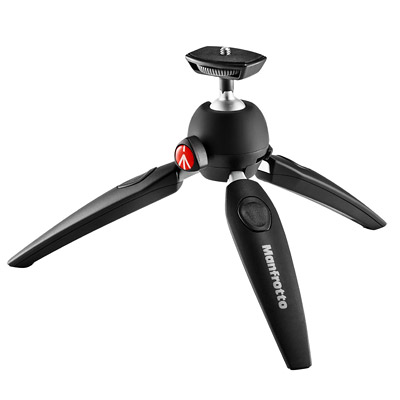 | Manfrotto Pixi EVO Pros: Small, light Cons: Highly unstable Opinion: It is an excellent tripod to use with a light machine and a very light polycarbonate lens. However if the lens is heavy e.g. 500g the head does not hold. Therefore the meso of the lens will affect the position of the head. In addition it is quite elastic advice to use a re ritartato click otherwise you get choppy or micro choppy. sent on May 23, 2021 |
 | Olympus OM-D E-M5 III Pros: Aesthetically appealing, lightweight, small size, excellent grip, tropicalized and IPX1 certified, excellent stabilizer with every lens, great AF-S and good AF-C, orientable screen, jpeg quality, raw workability, in-room battery charging, numerous special Olympus functions, high-resolution raw shot, hdr in raw, focus bracketing and focus stacking. Great video capabilities. Cons: Battery life, no battery pack. Opinion: Taken to replace the E-M10 II, the E-M5 III is an E-M10 II with steroids. The machine is a miniature EM1 II, same sensor, same AF, same Menu change only burst, thetring possibilities and battery. The 5.5 stop/6.5 stop IS stabilizer is a span over any other machine other than the EM1 III. The car is very ergonomic and comfortable to carry around and shoot. The viewfinder is of excellent quality, as is the screen. It holds the isos well up to 3200, with the proprietary software Olympus Workspace demosaicizing the file in a better way to get even to 6400 (however it tends to be slow, but it is not a problem of the machine). End-version .jpg files have low compression and are close to the quality of a raw file, which is rarely found on other machines. It's a great vlogging machine as well. It has great features such as Live Time, Live Bulb, Live Composite, various bracketing and Staking capabilities. In short, it's a best buy. sent on June 19, 2020 |
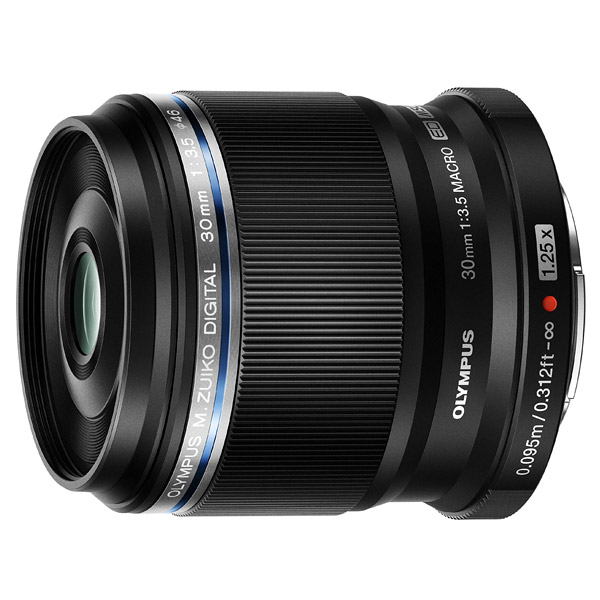 | Olympus M.Zuiko Digital ED 30mm f/3.5 Macro Pros: High sharpness at the center and top edge, high magnification, high proximity to fire, no distortion and significant aberrations, compact light, very fast autofocus for a macro, focus is internal. Cons: Opening only f3.5 (which in the macro is not a fault, it is only because it can not be used as a portrait target), no fire limiter Opinion: The goal is certainly a best buy in the Macro field, since it is the cheapest macro target for m4 / 3 and has high performance despite the poor opening and vabbeh that the macro is not a decisive one. The lens is sharp at full aperture and sharpness grows up to f5.6. There are no significant chromatic aberrations or deformities as in the panasonic cousin, blurry is nice. I highly recommend it for both the macro and the still life. sent on July 08, 2017 |
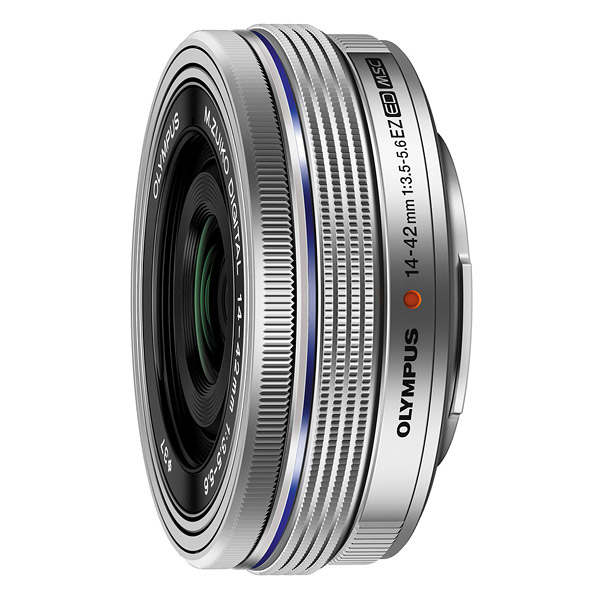 | Olympus M.Zuiko Digital 14-42mm f/3.5-5.6 EZ Pros: Size, weight, aesthetics, colors, quiet AF Cons: Motorized zoom, slow, diffraction Opinion: If we consider that is a kit lens, ultra-portable, ultra-lightweight, it is an objective optically good, equal to the APS-C SLR kit for entry-level / midrange. If we want to compare to a fixed or an optical PRO, does not compare. If it's in the kit is a recommended optics, especially for video. If you want to take it on its own, it is not recommended. It is clear from f1: 3.5 to f1: 5.6 over the image pulp, compared to CaNikon kit niditissimo.rn sent on November 13, 2016 |
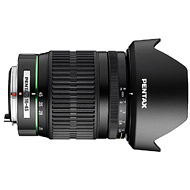 | Pentax SMC DA 16-45mm f/4 ED AL Pros: Image quality, constant aperture, versatility, speed, focus, optical construction excellent, excellent color Cons: Short focal length, mechanical construction in some specimens to improve, not to tropical distortion evident from 16-20 correctable in post production Opinion: From the optical point of view is an excellent lens. Best of optics as the SMC DA 17-70 f / 4 and SMC DA * 16-50 f / 2.8 or the Tamron 28-75 f2.8 SP, colors and sharpness are excellent since the maximum aperture , I suggest you use F4 to F8. The only flaw is a distortion corrected to 16 mm in development. The use of the lens hood is required above under 28mm. Be careful if you buy the lens used without a hood that it costs about 70 Euros. The average price of used is from 200 to 220 Euros. sent on November 20, 2014 |
 | Kiron 105mm f/2.8 macro Pros: High sharpness even at full aperture, blurry excellent, high separation plans, high contrast, excellent color, very solid all-metal construction. Cons: Hard to find, some little chromatic aberration. Opinion: It is probably the best macro lens ever built, has a impressive sharpness. The focus ring is very long and eStream accurate. It allows you to focus on dissecting the plans as if you were under a microscope. The sharpness is high even at full aperture. The construction is solid, is built entirely of metal with glass lenses, probably if it fell, they cleave the floor. sent on July 14, 2014 |
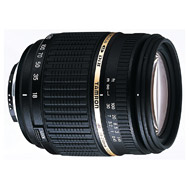 | Tamron 18-250mm f/3.5-6.3 Di II LD Pros: Great zoom range, low price, sharpness 18-200, few chromatic aberrations Cons: AF slow and noisy (but it is a jack of all trades, therefore, to be expected), spherical aberration at 18mm. Hood problematic. Opinion: I bought this lens for Pentax. It's a great all-rounder quality. It has good performance from 18-200, except for some spherical aberration at 18 mm, certainly far superior to the handyman 18-200 Sigma / Tamron. He has no particular chromatic aberrations. Unfortunately, compared to his twin Pentax 18-250 has a color rendering index lower due to the absence of SMC treatment on the lenses. Price performance is still a great lens from tourism. It also has the ability to close-up photography. sent on July 10, 2014 |
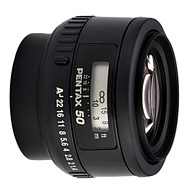 | Pentax SMC FA 50mm f/1.4 Pros: Grand opening, color rendering, versatility and optical quality to F2.2 as sharp as a scalpel, very economical. Cons: Construction 'plasticky', manual focus ring of small, no lens hood, soft to from 1.7 to 2, unusable under 1 .7. Opinion: It's a great goal. Council's use F2 to F8, the bokeh is very nice, very smooth, tends to have a 70's style blur. The colors are excellent typical Pentax. The focus is fast but it is not always accurate. The lens is stabilizable via sensor, even if to 50mm and to a large aperture stabilization tends to be useless. sent on March 06, 2014 |
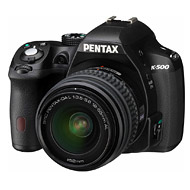 | Pentax K-500 Pros: Excellent value for money, lack of chroma noise, stabilized camera body, made good up to 3200 ISO, usable up to 6400, ergonomics, ability to use mount lenses K/M42 with confirmation of focus and stabilization, strength, cover the viewfinder 100% through the pentaprism, superior image quality for the segment Entry Level, stop increments settable to 1/3 stop, good dynamic range, autofocus motor in the camera body, nikon shutter quieter than competitors. Cons: Not selectability point autofocus to focus on the screen, confirming the absence of autofocus point on the screen to focus, lack of Pentax lenses is that third-party, autofocus slower than the video concorrenza.rnLato not up to the competition (but if I want to use a video camera, not an SLR). Lack of lenses used on the side. Opinion: The camera body is definitely a good body, though not weather sealed, it is very solid and sturdy, the body is the same as the K-50, from which it differs marginally. It 'an economic machine in the entry level segment, so it can not be compared to other higher end machines. In his segment is extremely generous and enables the user to have features that the brand damage only during the scheduled major competitors in the market, such as the presence of the pentaprism, the presence of a double ring, the autofocus motor in the camera body. At the same price, and excluding the video side (which is not at the top), is a machine equivalent to a semi-pro as Nikon D7000. Regarding the optical side, there is an absence of the optics from the side used. sent on January 21, 2014 |
 JuzaPhoto contains affiliate links from Amazon and Ebay and JuzaPhoto earn a commission in case of purchase through affiliate links.
JuzaPhoto contains affiliate links from Amazon and Ebay and JuzaPhoto earn a commission in case of purchase through affiliate links.May Beauty Be Everywhere Around Me